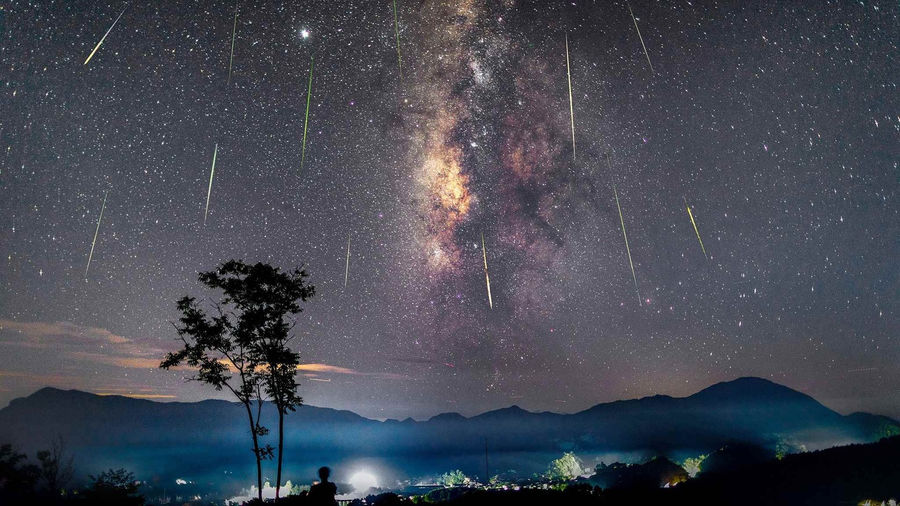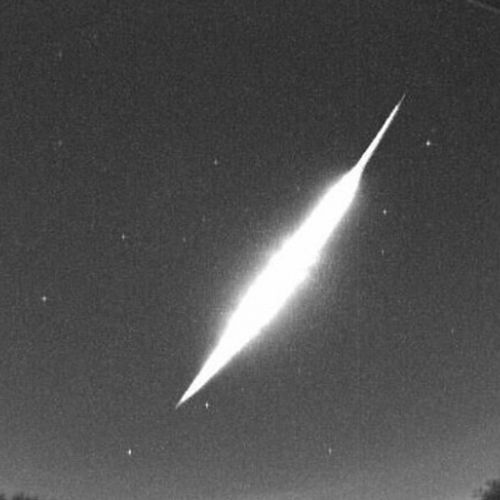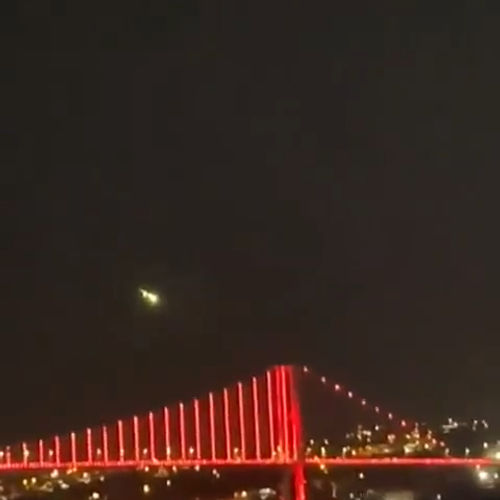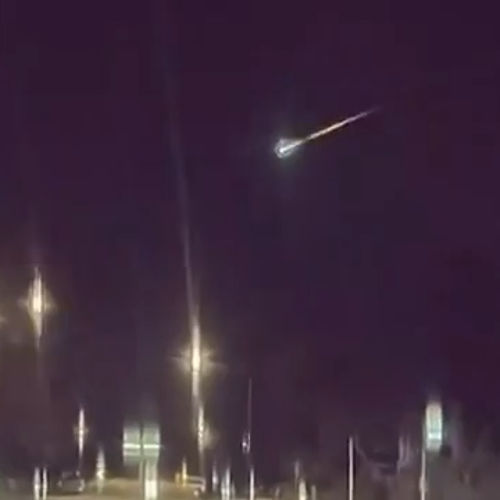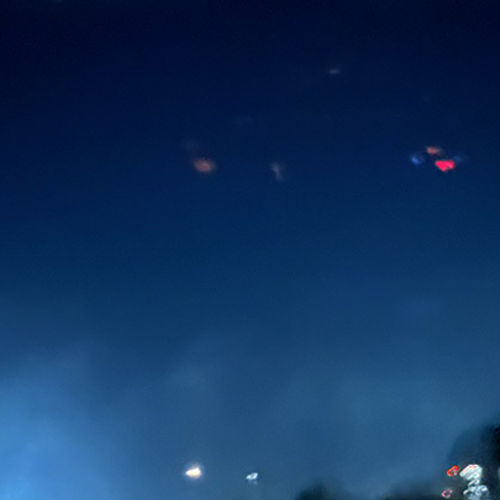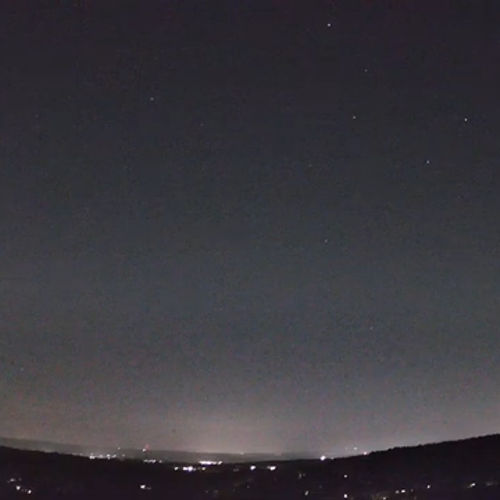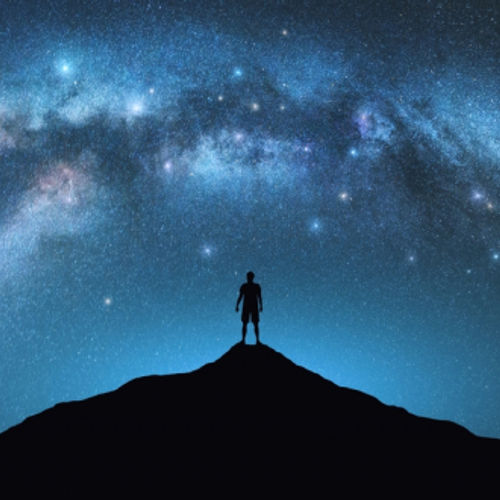
| Added | Mon, 29/07/2024 |
| Источники | |
| Дата публикации | Mon, 29/07/2024
|
| Версии |
The Perseid meteor shower will reach its peak of activity on the night of August 12. Astronomers predict a powerful starfall, in which up to 120 flashes per hour can be seen in the sky, the press service of the Moscow Planetarium told TASS.
"The smallest particles, the size of a grain of sand, burn up in the earth's atmosphere, forming bright tracks - "star rain". At first, it "spills" with the greatest force, then gradually weakens. [On the night of the maximum], about 120 meteors per hour or 1-2 meteors per minute are expected at the zenith. The flow is best observed in the second half of the night and in the morning - in an easterly direction and high above the horizon," the planetarium clarified, adding that the active phase of the Perseids, when many "shooting stars" can be seen in the sky, will begin on August 10 and end a day after the night of the maximum.
Meteors are flashes from small celestial bodies burning up in the Earth's atmosphere. The source of the Perseid stream was a cloud of cosmic dust and ice left by Comet 109/Swift-Tuttle. The earth passes through this plume every year. The starfall is observed from July 17 to August 24, its maximum in 2024 is predicted on the night of August 12.
The meteor departure area will be located in the constellation Perseus, which gave the stream its name.
"The conditions for Perseid observation in 2024 are favorable. <...> Flashes of Perseid meteors [this time] will be accompanied by a bright pair of approaching planets - Mars and Jupiter, which on the night of the maximum starfall will delight observers with a beautiful duet, passing close to each other," the astronomers also reported.
Новости со схожими версиями
Log in or register to post comments
